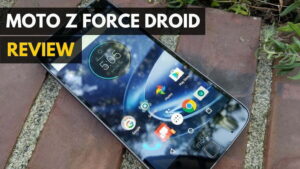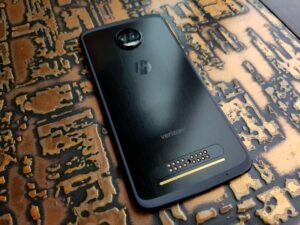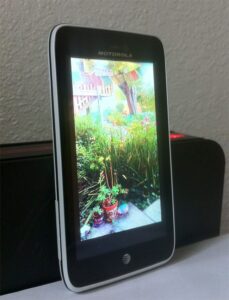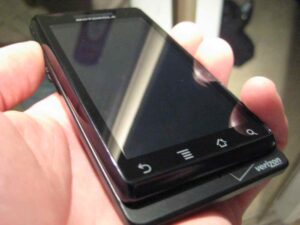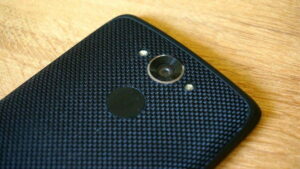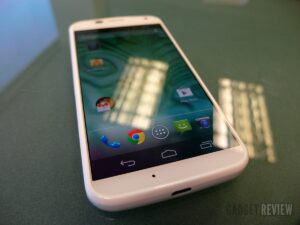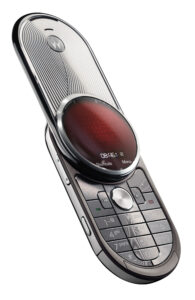When you think of longevity, even the top-rated Android phones never come to mind, and for good reason. The damn things never last. A day, a day and a half at most. That’s all they have. Which is ridiculous, because the bigger ones have much larger batteries, and they almost always have worse battery life than their smaller, less expensive, less powerful counterparts. It doesn’t matter which smartphone you have or what operating system it is, as “smart” as today’s best phones may be, they generally last long enough for you to live with.
Who ever said that was enough?
From the get go Motorola said it wasn’t. They didn’t start with the MAXX series of smartphones, but it came soon after their first major push with Android after the Motorola Droid Razr, which was deceptively thin, light, and bared an ancestral title of royalty. The Droid Razr MAXX held all of that majesty…but it was always perceived — at least visually — as the fatter duke brother. And then it didn’t take long for the Razr MAXX to start outselling the Razr. Because as many people as there are interested in the thinnest and lightest, there are plenty of business people who need to talk all day on the phone, plenty of teens SMS-ing for hours on end, and new moms who just can’t take enough pictures of their kids and sending them to all of their friends.
Verizon must have been happy with the device as the exclusive carrier of all “Droid” labeled phones, because a year later the Droid Razr MAXX HD released, and then a year after that we have reached the pinnacle of the series with the Droid MAXX. A 1.7GHz dual-core powered smartphone that isn’t the most powerful in the world, but plugs more hertz than most competitors with a higher clock speed that makes it snappier than most. 2GB of RAM and a very comfortable 32GB memory capacity. For $300, that may sound just about right, but the highlights make the MAXX a remarkably good deal. And if you want a pocket friendly phone from Motorolla, we have compiled this Motorola Atrix Hd review for you.
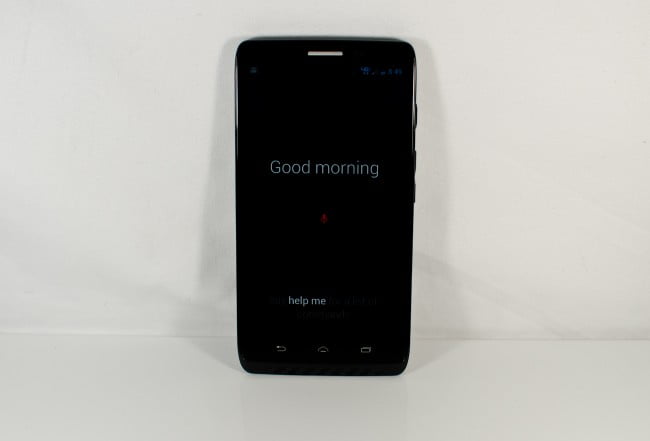
As I wrote about in my first impressions, the Droid MAXX is incredible for its longevity. When the actor with an obnoxious 5 o’clock shadow answers his tall, thin, and blond British boat-mate that his phone will last “about two days“, I can attest to it. That’s absolutely true, it’ll do that and likely more, though in the middle of the ocean constantly searching for a signal, probably not.
Just how long does the Droid MAXX last? Motorola stipulates roughly 48 hours of mixed use, which includes streaming HD videos over LTE, plenty of talk time, checking emails, playing games here and there, and streaming music. Interestingly, most models from Motorollar fall far behind when it comes it bettery life as you will find out in this Motorola DROID review. I wrote all about battery life in my first impressions, so you can read more about it there, but what I can say without a doubt is that if you are in the market for a new phone and you want it to last, there’s only one option. And you’re reading about it.
The Droid MAXX is significantly improved over last year’s Droid Razr MAXX HD. It has an almost identical though brighter AMOLED display, which is easily distinguishable by it’s slightly blue hue in sunlight. The color contrast is excellent, though brightness is lacking, which is the nature of the technology. It’s also only a 720p display (1280×720 pixel resolution) though at 5-inch that’s more than enough. Today’s top phones like the HTC One and Samsung Galaxy S IV have 1080p (1920×1080) displays, but on anything with a 5-inch screen or smaller those additional pixels are not going to be noticeable. There’s a good reason Apple stopped at what they deem Retina, and everyone going overboard is a purely marketing ploy. Motorola didn’t fall for it, and while that may be to the behest of some buyers, our readers should know better. A 720p screen like this is worth having.
The lower resolution also helps conserve battery life by requiring less from the processor (which is why the major competitors need quad-core chips, to help carry those additional pixels to the screen). Meanwhile the MAXX chugs along like a pro. I haven’t seen it slow down once when handling a lot of data. The Droid MAXX handles itself with a buttery-smooth fervor. If you’re worried about how long such a processor will last considering future software upgrades, you don’t have to worry…much. 1.7GHz is probably a higher frequency than your ultrabook (though the cache is likely much smaller), but at such a high speed it’s unlikely that you’ll have difficulty with anything except for the highest-end games after 18 months.
I also mentioned Google’s purchase of Motorola in my first impressions, specifically about the company’s move to have voice recognition always-on so that users could activate the phone anytime. It works really, really well, in part due to Google’s excellent voice transcription, and the rest due to the network your on, either local Wi-Fi or Verizon LTE. Activating the phone is easy: just say “Okay Google now” and the phone’s ears hear and it pipes up. The screen activates with a microphone, and just like Apple’s Siri, you can issue commands to open apps or start a search. However, unlike Siri (even on iOS 7…we’ll talk about that more in the future) Google’s search is really, really accurate. And remarkably stable. It isn’t 100% accurate, but it learns your voice over time thanks partly due to the “natural language processor” built into the Droid MAXX and partly from Google’s native “LEARN EVERYTHING” function that tracks all of your data, including voice searches. In this case, it’s amazing because Google learns who you are and what you sound like to help provide better search results.
I’ve experienced exactly that. The problem is that unlike Siri, if you say “Open Chrome”, it doesn’t open Chrome…at least not right away. It waits to register that yes, that’s what you wanted, like a completely unconfident child. Each search query takes five seconds to actually activate unless it’s an actual web search, in which case it happens immediately. The biggest irony of all is that you can’t tell your phone to go into standby mode, which would be tremendously helpful when driving.
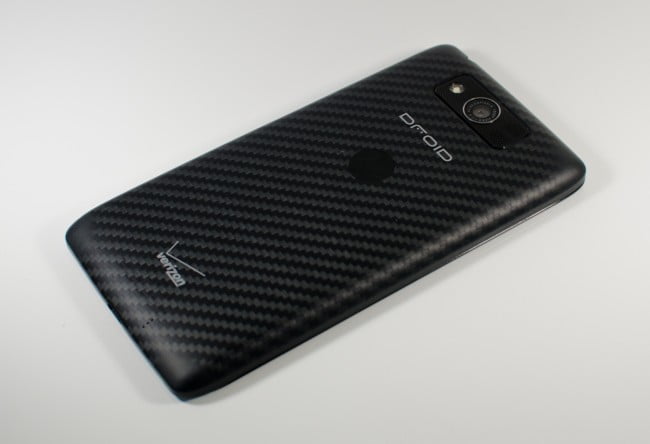
Point is that Motorola is doing a great job with voice recognition, which is mostly due to Google’s extensive infrastructure that’s always improving. My usage has been highly successful, though clearly voice recognition has a ways to go. If anyone solves that puzzle, it’ll be Google with their massive amounts of data, which makes the Droid series safe for long-term improvement.
The other half of Motorola’s improvements is something I mentioned in my first impressions of the MAXX, the auto-activate feature. If you activate one of the Droid MAXX’s sensor, such as the accelerometer, motion sensor, or light sensor, the phone will activate in a low-powered state with a simple unlock function or an unlock-to-app function based on the last received notification. This is surprisingly helpful; if you get a notification but don’t see it, it’s far less annoying to notice it on the screen with a black background and the very pretty Android font instead of a constant blinking light built into the phone. That’s not to say it isn’t annoying, but what are notifications but a reminder that someone wants your attention?
Call quality is excellent in the Los Angeles area. I’ve still found several areas in LA county where Verizon drops (around PCH), though the previously usual drop-spots are all gone, which is a sign of serious improvement. Calls are clear through the MAXX, and people on the other side of calls said that my voice came through loud and clear. The speakerphone is also very good; it is a bit scratchy but otherwise sounds good for both sides.
Camera quality is good to great. Colors aren’t particularly distinctive, but photos are clear even under poor light. There is noticeable noise when blown up to full size, but that’s why we have 8MP shooters. The flash is powerful and does a good job of removing any noise that a low-light shot would typically produce. In good lighting, stills look great, so you’ll absolutely like it for outdoor photos.
I seriously love this phone. The Droid MAXX is a brilliant piece of hardware. Fast, solid, with the muscle and vigor that a smartphone should have, what better phone is there? The only problem is that as the one company owned by Google, maker of Android, the MAXX ships with Android 4.2.1, not the current 4.3, and it doesn’t have first-dibs. In fact, the MAXX isn’t even available as a developer-only device, part of Verizon’s exclusivity of the Droid name. As much as I like Verizon’s coverage and data — which is excellent, though still lacking near my Santa Monica office thanks to lovely local cell tower laws — the biggest limitation of the Droid MAXX is that not everyone can buy it. You have to be a Verizon customer to get your hands on this masterpiece. Even then, for the longest-lasting phone on the market by a longshot, it’s worth the switch.
Bottom Line: It’s the longest-lasting Android phone on the market. Great speed, great quality, and the lifespan to get you through anything.
